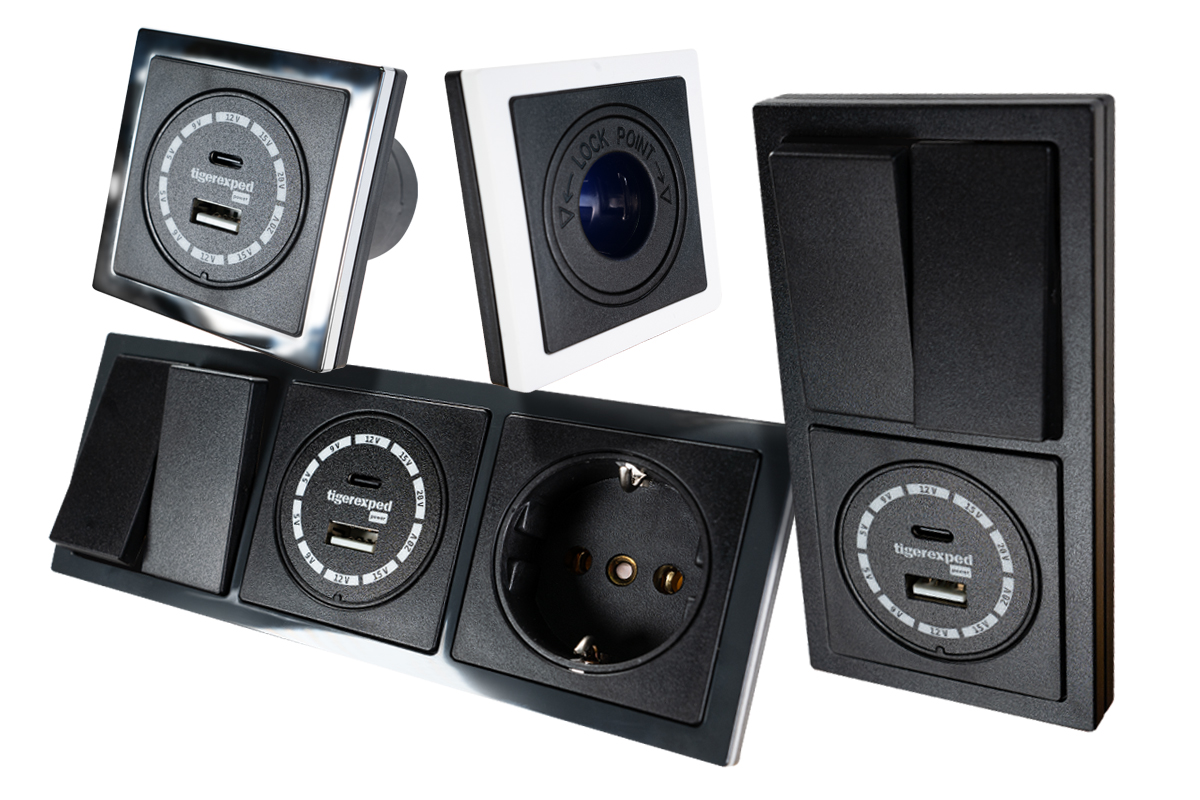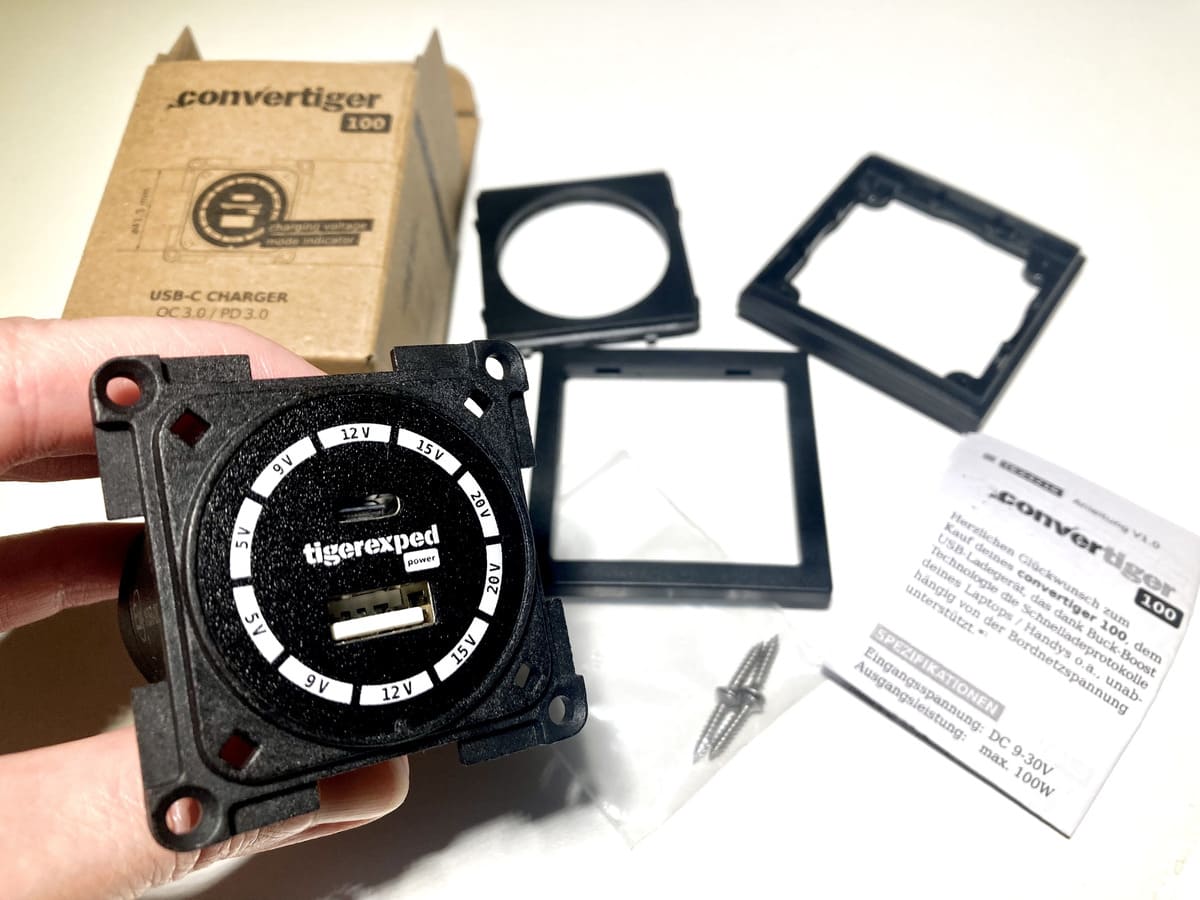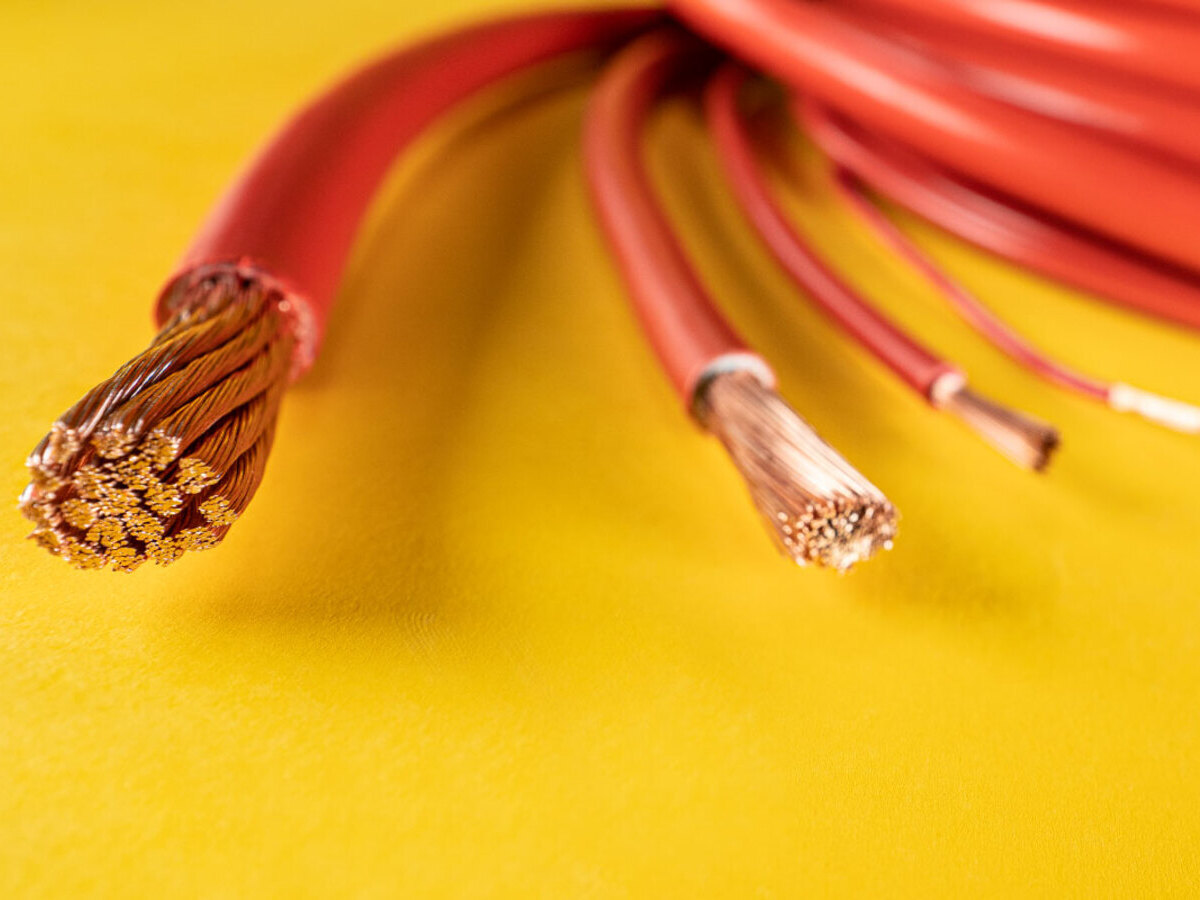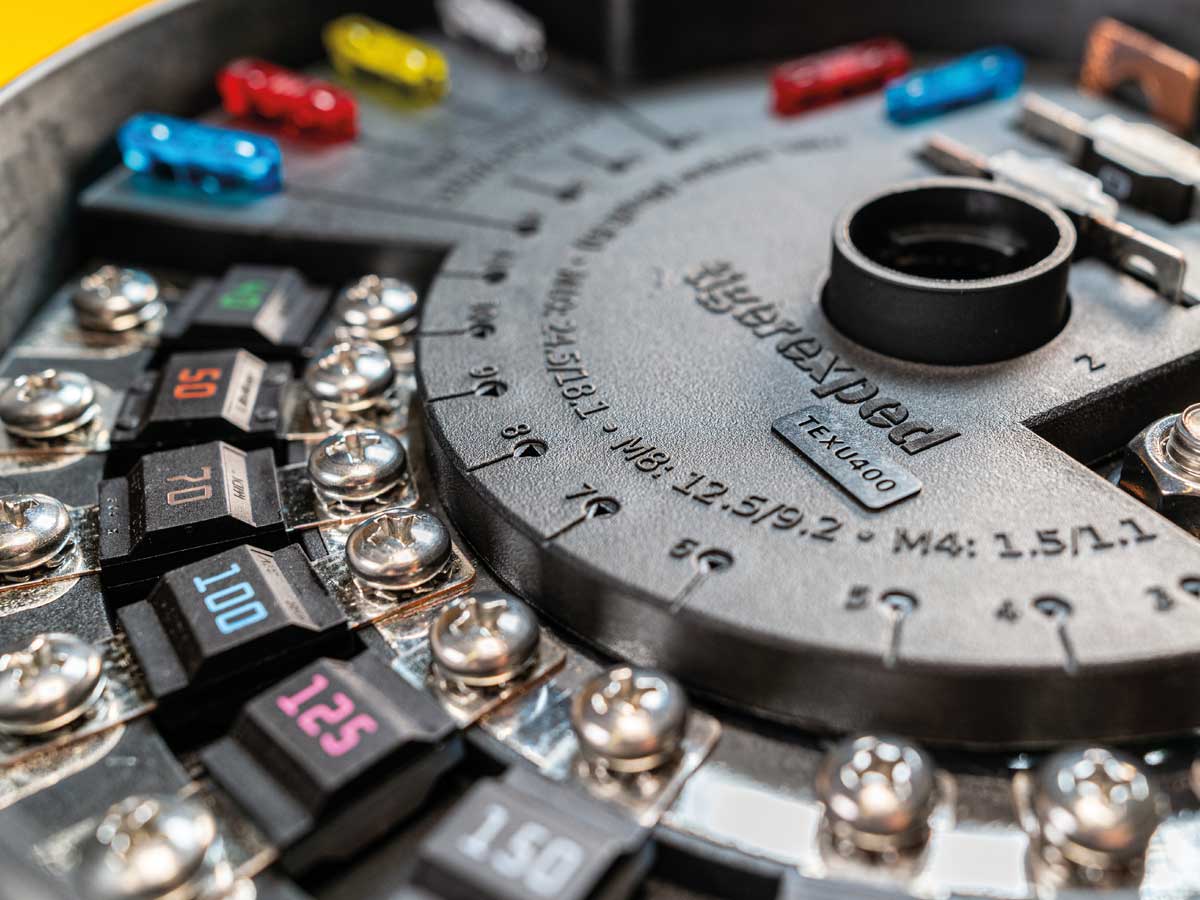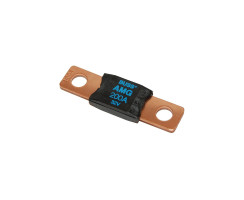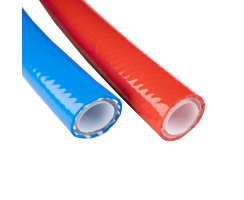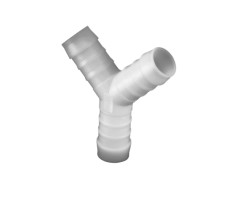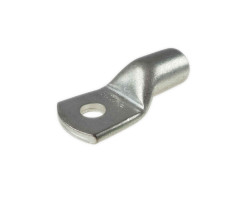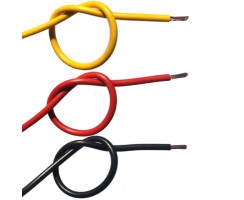TIPP: Schalter- und Steckdosen-Konfigurator
Du brauchst mehr Ladedosen und Schalter und am besten soll optisch alles aussehen, wie aus einem Guss?
Dann stelle in unserem Konfigurator 1-fach, 2-fach und 3-fach Einbaurahmen der selben Serie, mit dem convertiger und vielen weiteren Einsätzen individuell zusammen - mit wenigen Klicks, alles passend.
USB-C / USB-A Charger with Buck-Boost Converter
What is the difference compared to a regular USB charging outlet?
In most cases, vehicles are equipped with an onboard voltage of 12V. The problem is that high-powered devices, especially those with fast charging protocols, often require higher electrical power, both in terms of voltage and current, than a standard 12V onboard system can provide. Typically, this is where inverters and bulky adapters come into play, potentially making the electrical installation unnecessarily complicated and expensive.
The convertiger 100 solves this problem without the need for converting to AC. Thanks to the Buck-Boost Converter, it can increase the 12V input voltage to up to 20V / 5A (100W max.) at the USB-C output when required. This allows fast charging protocols like Quick Charge or Power Delivery to be easily used in the 12V system.
Avoiding an inverter also saves valuable power reserves, as inverters consume not only energy in standby mode but also a certain percentage of the delivered power for converting it into the required AC.
Charging at 100W depends on factors such as the requirement of the device being charged (considering its current charging state), the cable used, input voltage, and ambient temperature. Install the charger in a well-ventilated area, as excessive temperatures will automatically throttle down the power output.
If the power consumption of a device consistently remains in the 100W range, the input voltage should be 24V. For a 12V system, it is preferable to operate via an inverter for this application.
Auto Light-Off - for Undisturbed Sleep
The current charging voltage is displayed for 20 seconds after plugging in the charging cable, thanks to an LED indicator. After this time, the indicator automatically turns off. After another 10 seconds, the backlighting also automatically turns off. This ensures that the charging device does not emit any light that might disturb sleep or consume unnecessary power (even though minimal).
Compatible with Inprojal Installation Components
Our Buck-Boost charger fits into the Inprojal 20,000 installation system, seamlessly integrating into your vehicle's interieur.
This selection contains an Inprojal installation kit with a frame in satin white. If necessary, choose a different color or the option without installation material in the drop-down menu.
Specifications
Input Voltage: DC 9-30V
Output Power: max. 100W
Cable Thickness
For installation, the following guidelines for cable thickness apply:
* The specified cable lengths correspond to the total length of the positive and negative leads (fuse box - charger - fuse box).
Cable Length* 12V 24V
4m 2.5 sqmm 1.5 sqmm
7m 4 sqmm 2.5 sqmm
10m 6 sqmm 4 sqmm
Important to Know: Charging Standards
There are various fast charging protocols in the world, which unfortunately are implemented very heterogeneously in the market. Apple was always the forerunner with a protocol that implemented exactly 2.4A, which was adopted by many other manufacturers, including Android-based phones. We have tested various ones that charge quickly without any issues. Meanwhile, other chip manufacturers have come up with different protocols, such as Qualcomm with QuickCharge or PowerDelivery as a cross-platform standard. Ultimately, the charging speed depends on the chip in the phone, which then informs the outlet about what it supports. Since we have not yet reached a completely standardized world (as seen in the battle between Micro-USB vs. Lightning vs. USB-C), we currently have all three standards scattered in the market. Since we cannot implement everything at once, we have divided as follows:
USB-A QC3.0
USB-A Output: 5V/3A; 9V/2.22A; 12V/1.67A (20W Max) (QC3.0 Standard)
USB-C PD3.0
USB-C Output: 5V/3A; 9V/3A; 12V/3A; 15/3A; 20V/5A (100W Max)
We ASSUME that in the future, we will see more phones transitioning to PD3.0, but that is still speculation and will take several years. Until then, we have the aforementioned diversity, and it's a matter of luck as to where and at what speed you can charge. If it's just for your own vehicle with your own phone, one Alibaba outlet may happen to implement the exact right protocol, but if someone with incompatible hardware comes along, it won't work well. Unfortunately, it's a messy situation at the moment, but it's beyond our control.
Low Standby Consumption:
13V: 10.19mA = 0.132W
26V: 6.93mA = 0.180W
Video: Das zeichnet den convertiger 100 aus
Video: convertiger 100 Einbau & Vergleich Inprojal - Berker
manufacturer information:
texdev GmbH
Weseler Str. 82
Alpen, 46519
NRW, DE
info@texdev.de
responsible person:
texdev GmbH
Weseler Str. 82
Alpen, 46519
NRW, DE
info@texdev.de
Im Online-Magazin: Infos zum Camperausbau, die dir weiterhelfen werden
Item weight: |
0,12 kg |
All reviews:

